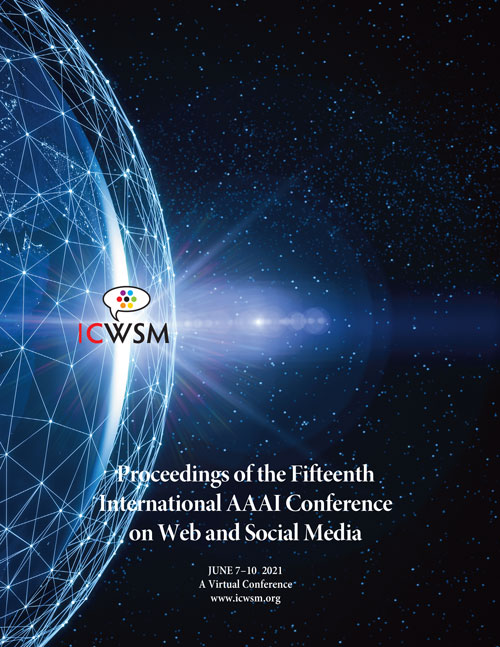PopFactor: Live-Streamer Behavior and Popularity
DOI:
https://doi.org/10.1609/icwsm.v15i1.18073Keywords:
Ranking/relevance of social media content and users, Trend identification and tracking; time series forecasting, Qualitative and quantitative studies of social mediaAbstract
Live video-streaming platforms such as Twitch enable top content creators to reap significant profits and influence. To that effect, various behavioral norms are recommended to new entrants and those seeking to increase their popularity and success. Chiefly among them are to simply put in the effort and promote on social media outlets such as Twitter, Instagram, and the like. But does following these behaviors indeed have a relationship with eventual popularity? In this paper, we collect a corpus of Twitch streamer popularity measures---spanning social and financial measures---and their behavior data on Twitch and third party platforms. We also compile a set of community-defined behavioral norms. We then perform temporal analysis to identify the increased predictive value that a streamer's future behavior contributes to predicting future popularity. At the population level, we find that behavioral information improves the prediction of relative growth that exceeds that of the median streamer. At the individual level, we find that although it is difficult to quickly become successful in absolute terms, streamers that put in considerable effort are more successful than the rest. Ultimately, we find that studying the popularity and success of content creators in the long term is a promising and rich research area.Downloads
Published
2021-05-22
How to Cite
Netzorg, R., Arnett, L., Chaintreau, A., & Wu, E. (2021). PopFactor: Live-Streamer Behavior and Popularity. Proceedings of the International AAAI Conference on Web and Social Media, 15(1), 432-442. https://doi.org/10.1609/icwsm.v15i1.18073
Issue
Section
Full Papers

